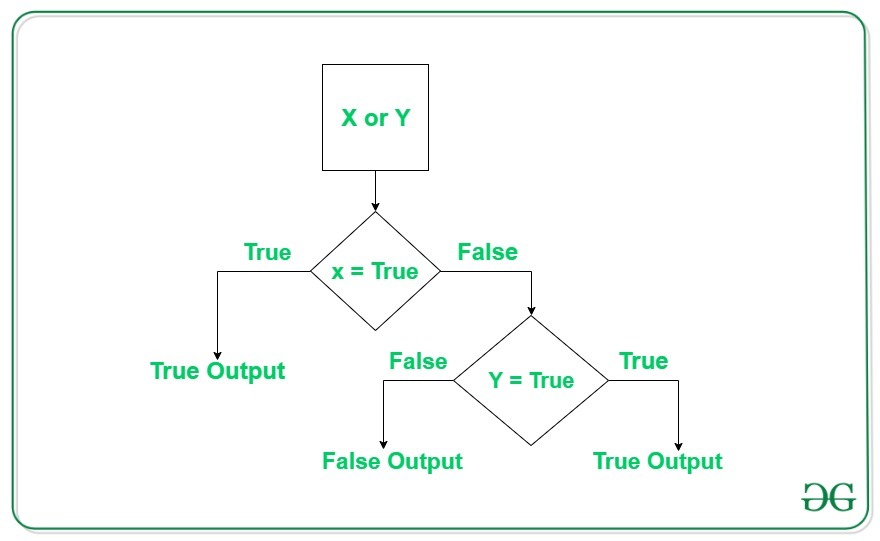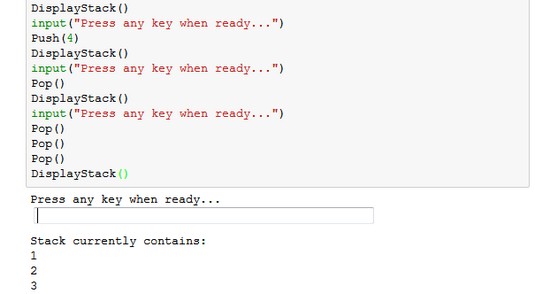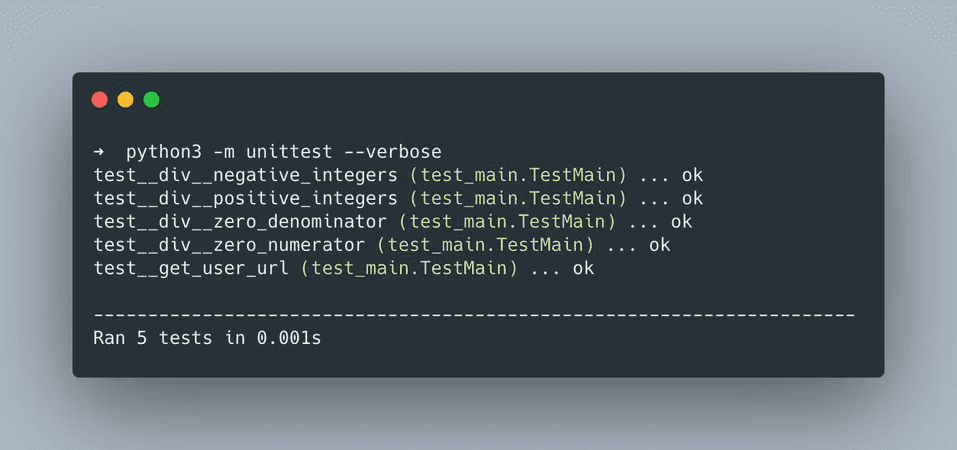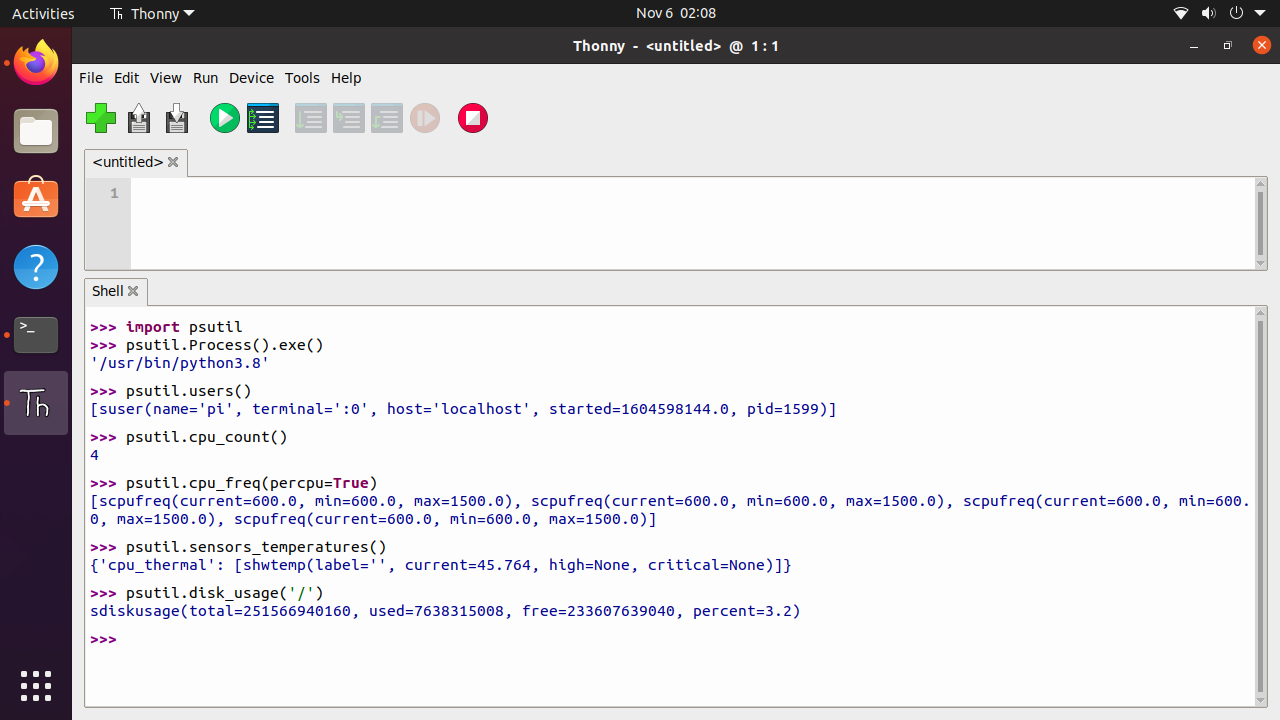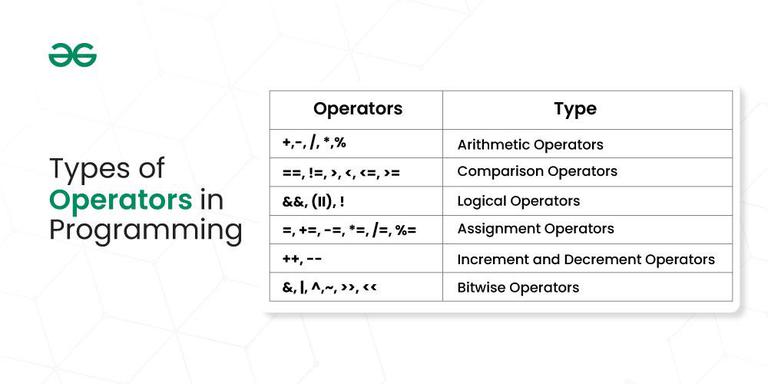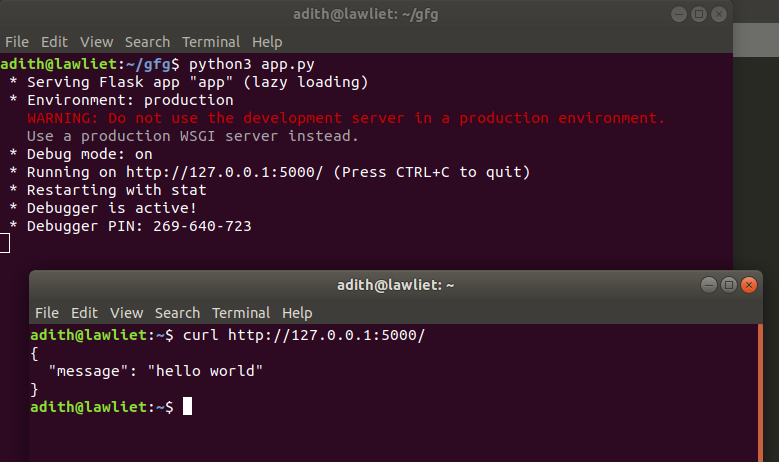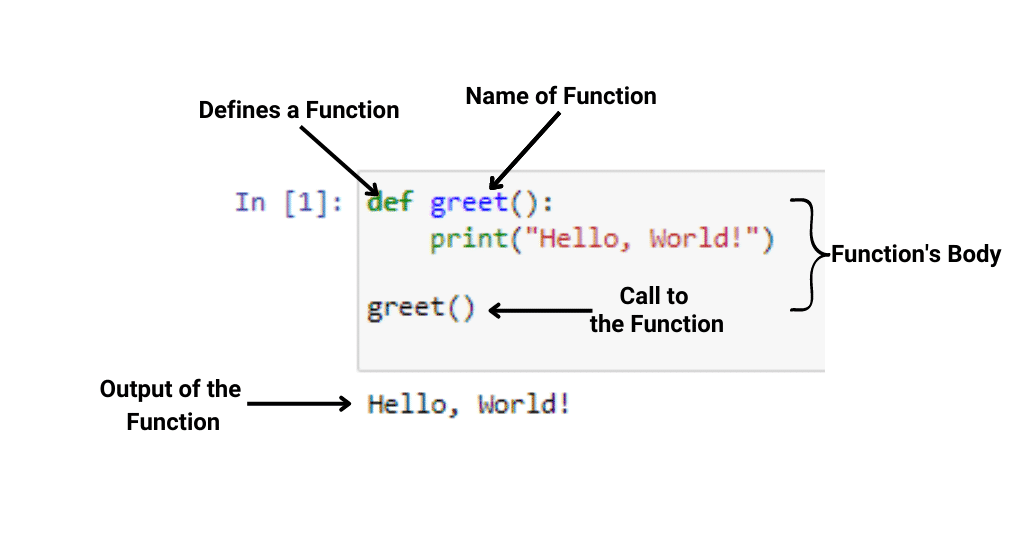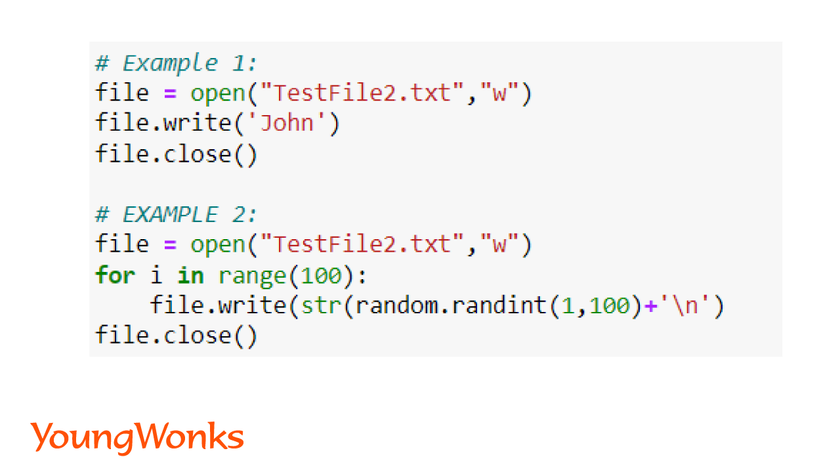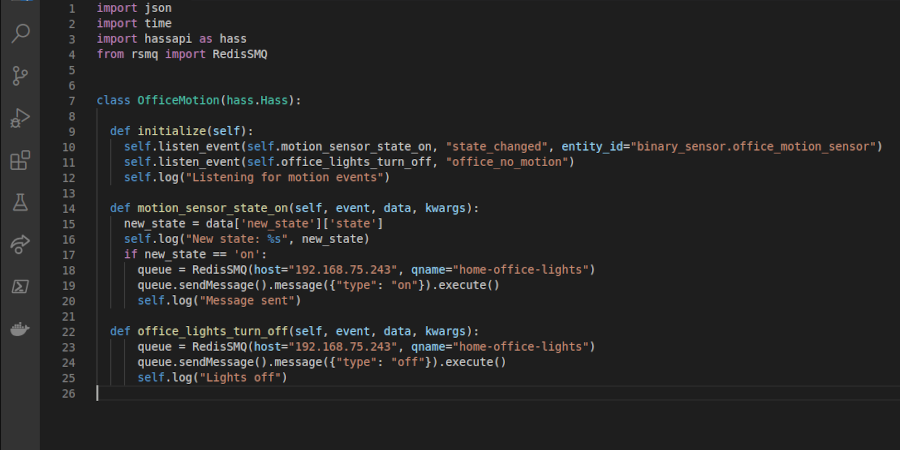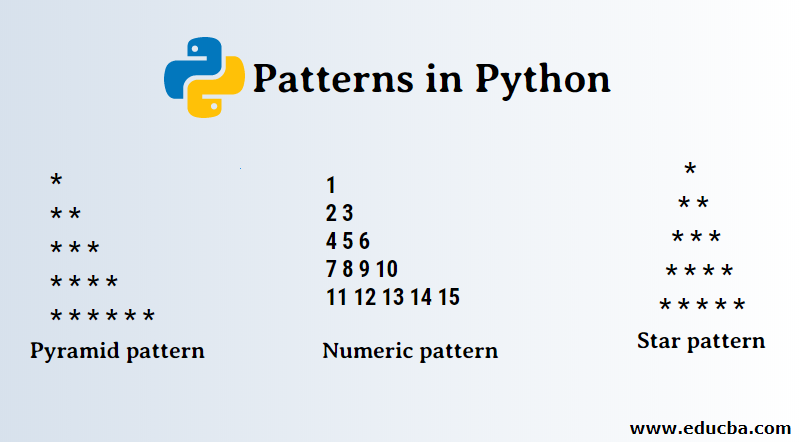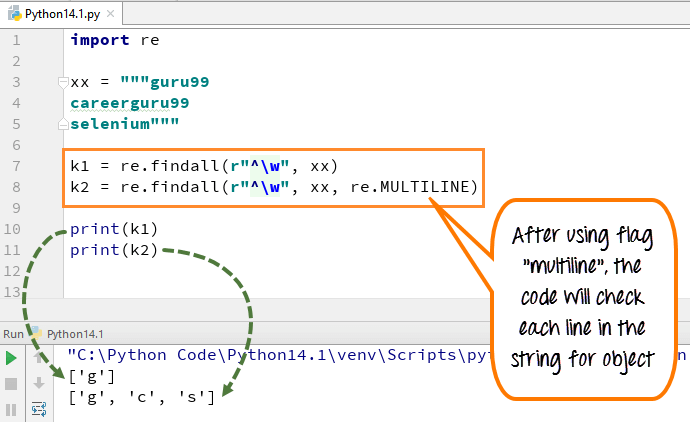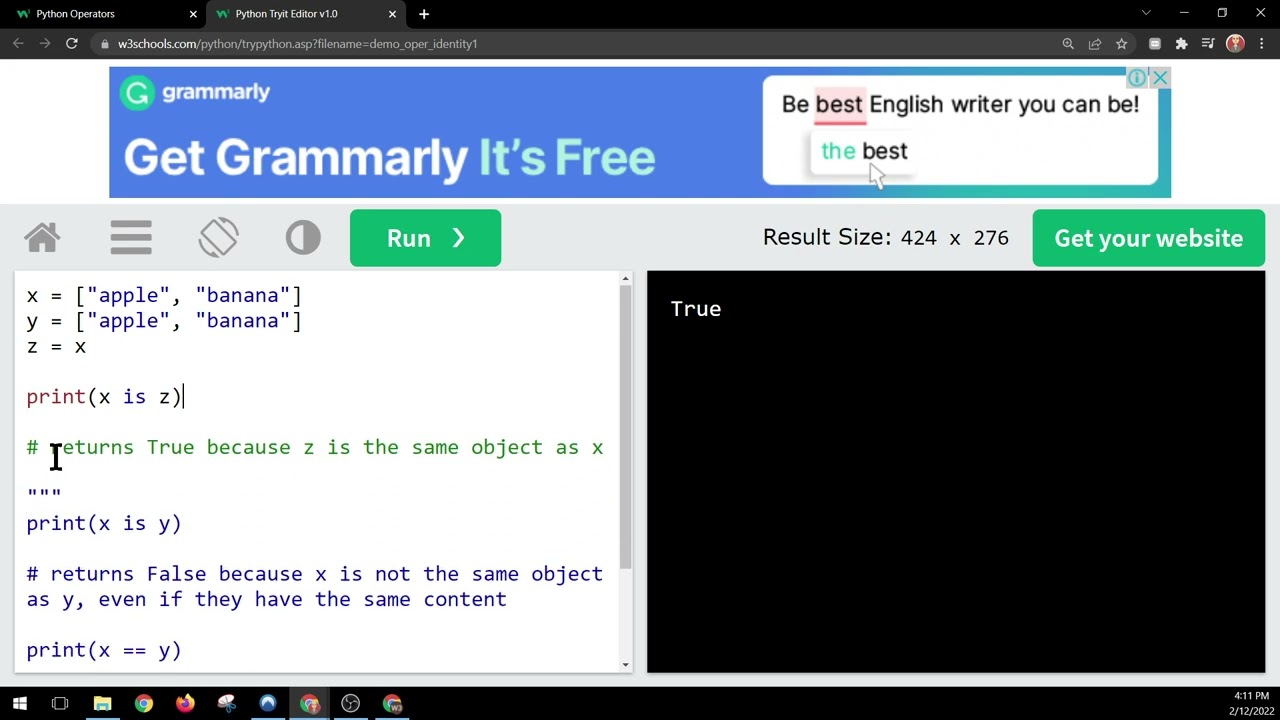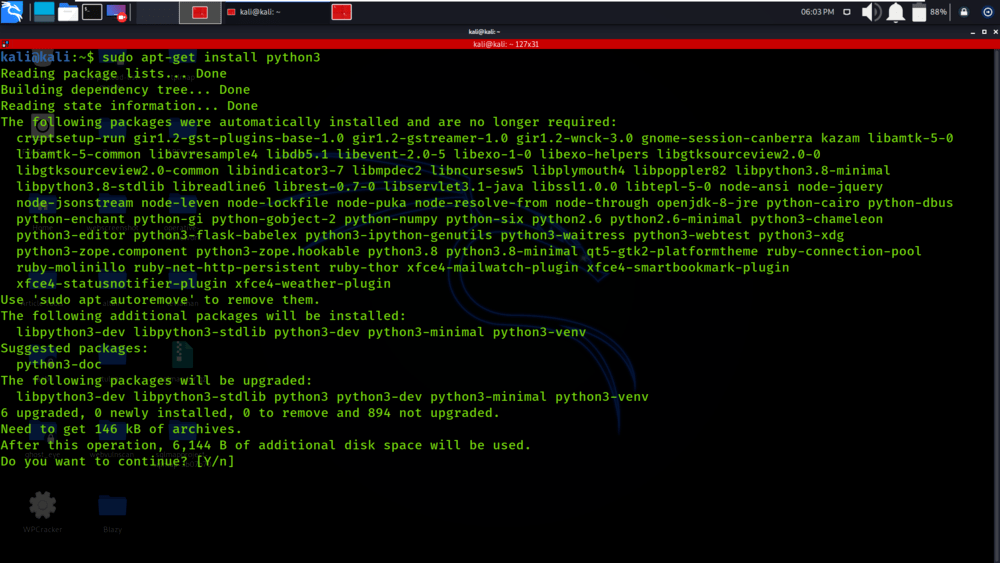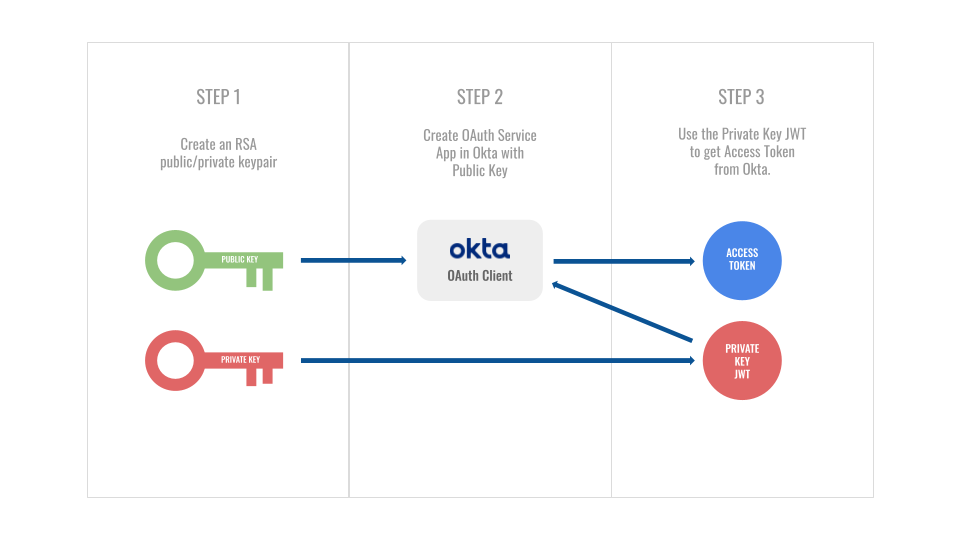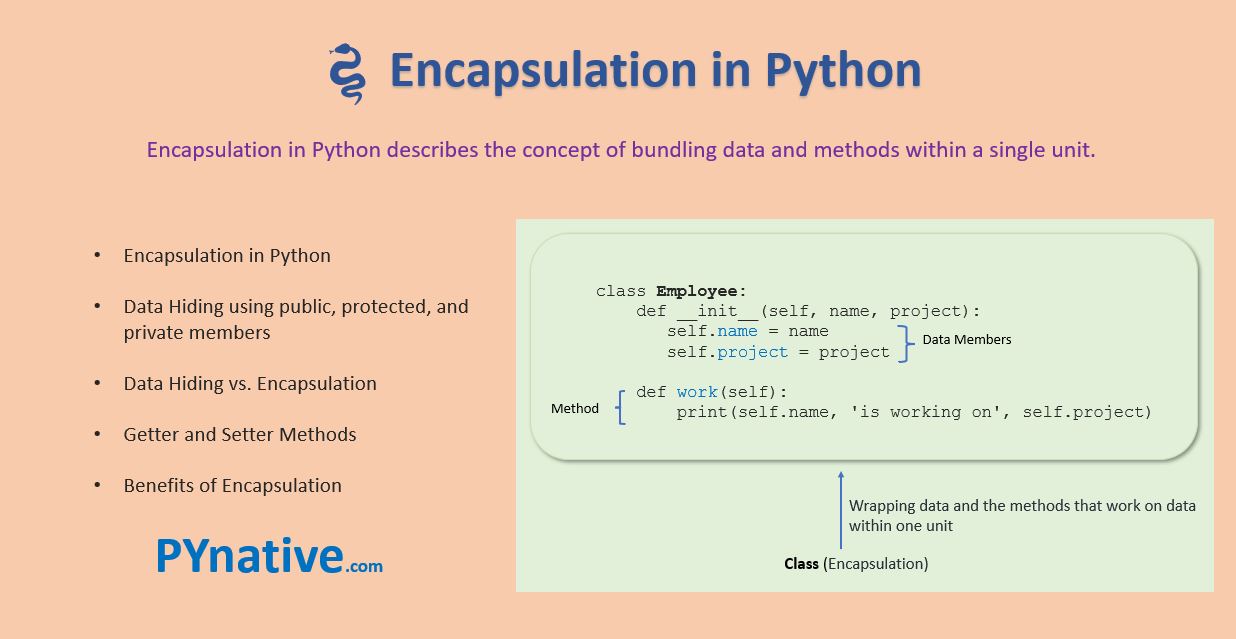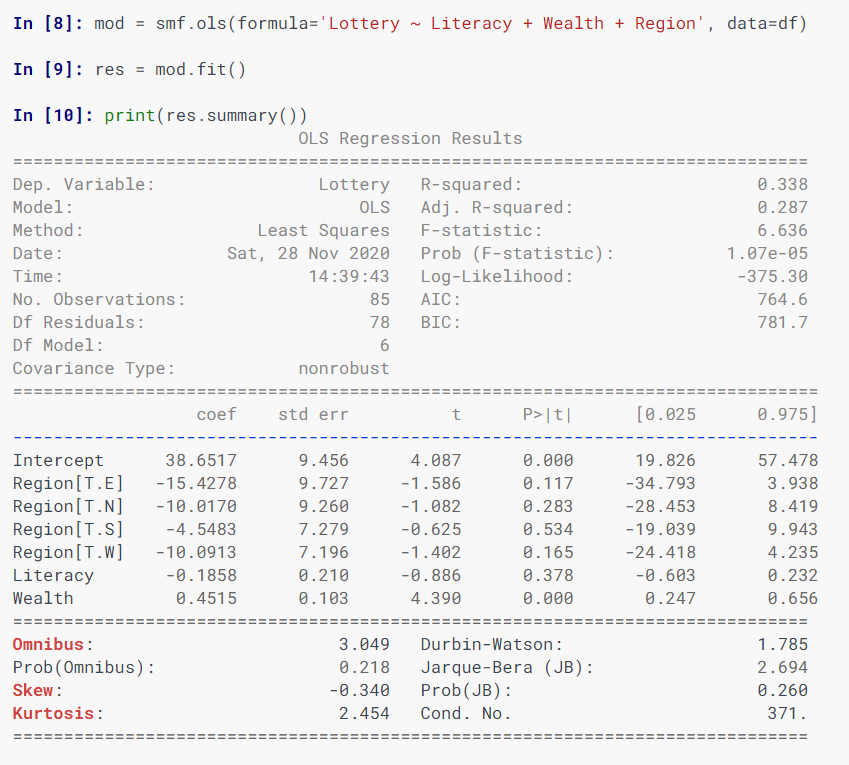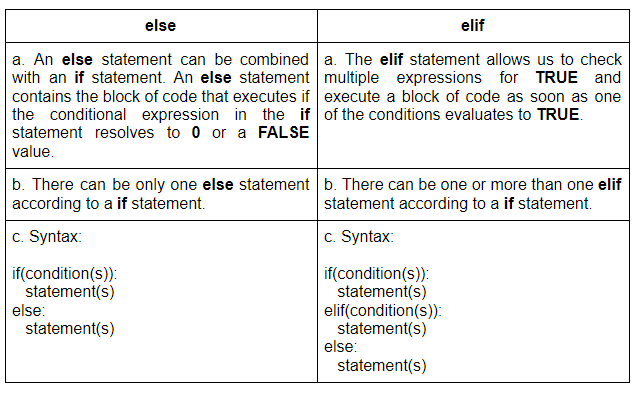What is for loop in Python
What is for loop in Python
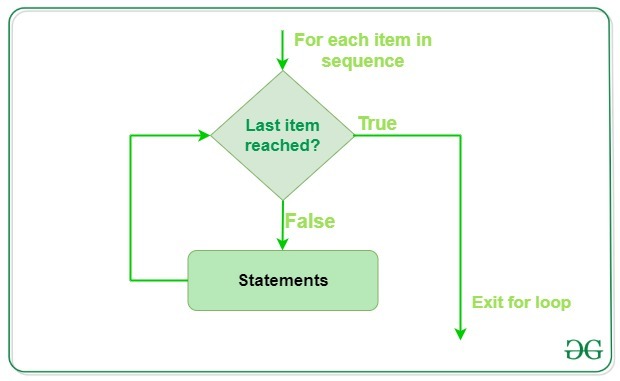
I'd be happy to explain the concept of a for loop in Python!
A for loop is a type of loop that allows you to execute a block of code repeatedly for each item in an iterable object, such as a list, tuple, or string. The basic syntax for a for loop in Python is:
for variable in iterable:
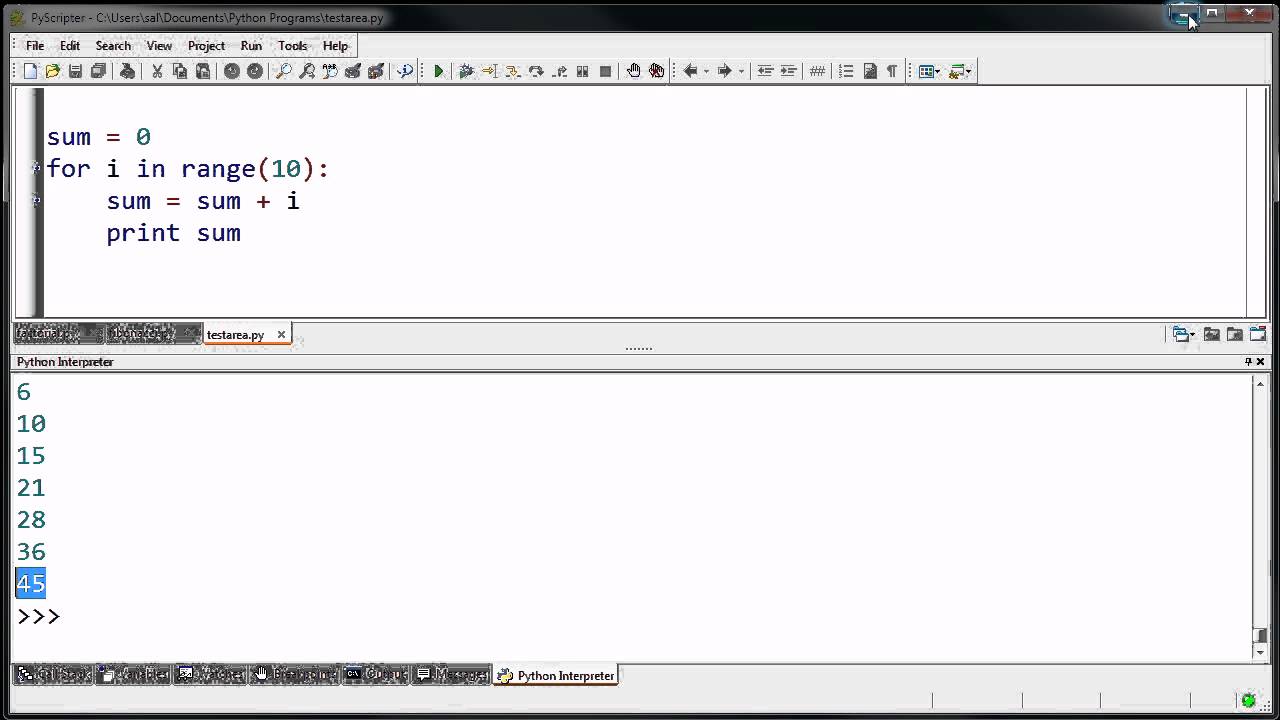
do something with the variable
Here's what's happening:
variable: This is a temporary name given to each item in the iterable as it is processed. in iterable: This specifies that you want to iterate over a specific iterable object, such as a list or string.
When a for loop is executed, Python will automatically assign each item in the iterable to the variable one by one, and execute the code within the loop body for each item.
Here's an example of using a for loop to print out each word in a string:
fruits = ['apple', 'banana', 'cherry']
for fruit in fruits:
print(fruit)
Output:
apple
banana
cherry
As you can see, the code within the loop body is executed once for each item in the fruits list. The variable fruit takes on the value of each word in turn, and the print statement prints out each word.
One key feature of for loops is that they allow you to iterate over complex data structures, such as lists or dictionaries. For example:
person = {'name': 'John', 'age': 30}
for key, value in person.items():
print(f"{key}: {value}")
Output:
name: John
age: 30
In this case, the items() method returns a list of tuples containing each key-value pair in the dictionary. The for loop then iterates over these tuples, assigning each key and value to the variables key and value, respectively.
Another important aspect of for loops is that they can be used with iterators, such as file objects or generators. For example:
with open('example.txt', 'r') as file:
for line in file:
print(line.strip())
Here, the file object is an iterator that returns each line of a text file. The for loop iterates over these lines, assigning each one to the variable line.
In summary, Python's for loop allows you to execute code repeatedly for each item in an iterable, making it a powerful tool for processing and manipulating data!
What is the use of for in python with example
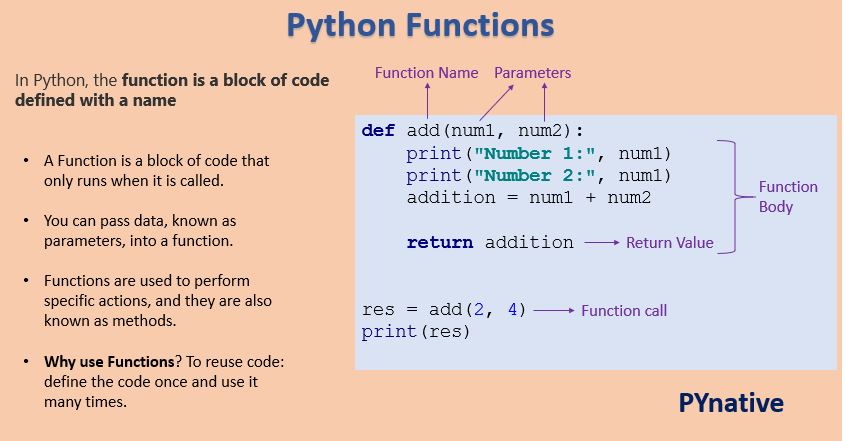
I'd be happy to explain the usage of "for" loop in Python.
The "for" loop in Python is a type of loop that allows you to iterate over a sequence (like a list, tuple, or string) or other iterable objects. The basic syntax for a "for" loop is:
for variable in iterable:
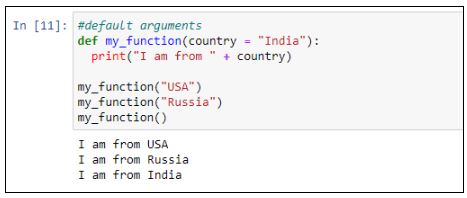
do something with the variable
Here, variable takes on each value from the iterable and executes the code indented under the for statement.
Let's take an example:
Suppose you have a list of numbers: [1, 2, 3, 4, 5]. You can use a "for" loop to iterate over this list:
numbers = [1, 2, 3, 4, 5]
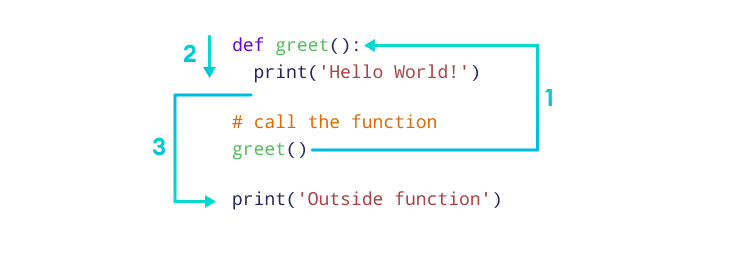
for num in numbers:
print(num)
When you run this code, it will output each number from the list on a separate line:
1
2
3
4
5
As you can see, the num variable takes on each value from the numbers list and prints that value.
The "for" loop is commonly used with lists, but you can also use it with other iterable objects like tuples, strings, dictionaries, and even sets. For instance:
fruits = ['apple', 'banana', 'cherry']
for fruit in fruits:
print(fruit)
This will output each fruit from the list on a separate line.
You can also use the "for" loop to iterate over the keys or values of a dictionary:
person = {'name': 'John', 'age': 30, 'city': 'New York'}
for key in person:
print(key)
This will output each key from the person dictionary on a separate line.
The "for" loop is an incredibly powerful tool for working with iterable objects in Python. It allows you to perform operations on each item of the sequence or other iterable object, making it easy to write concise and efficient code.
One important thing to note is that the order of iteration over a dictionary can be arbitrary (i.e., not necessarily in alphabetical order). This is because dictionaries are inherently unordered data structures.
I hope this helps!
